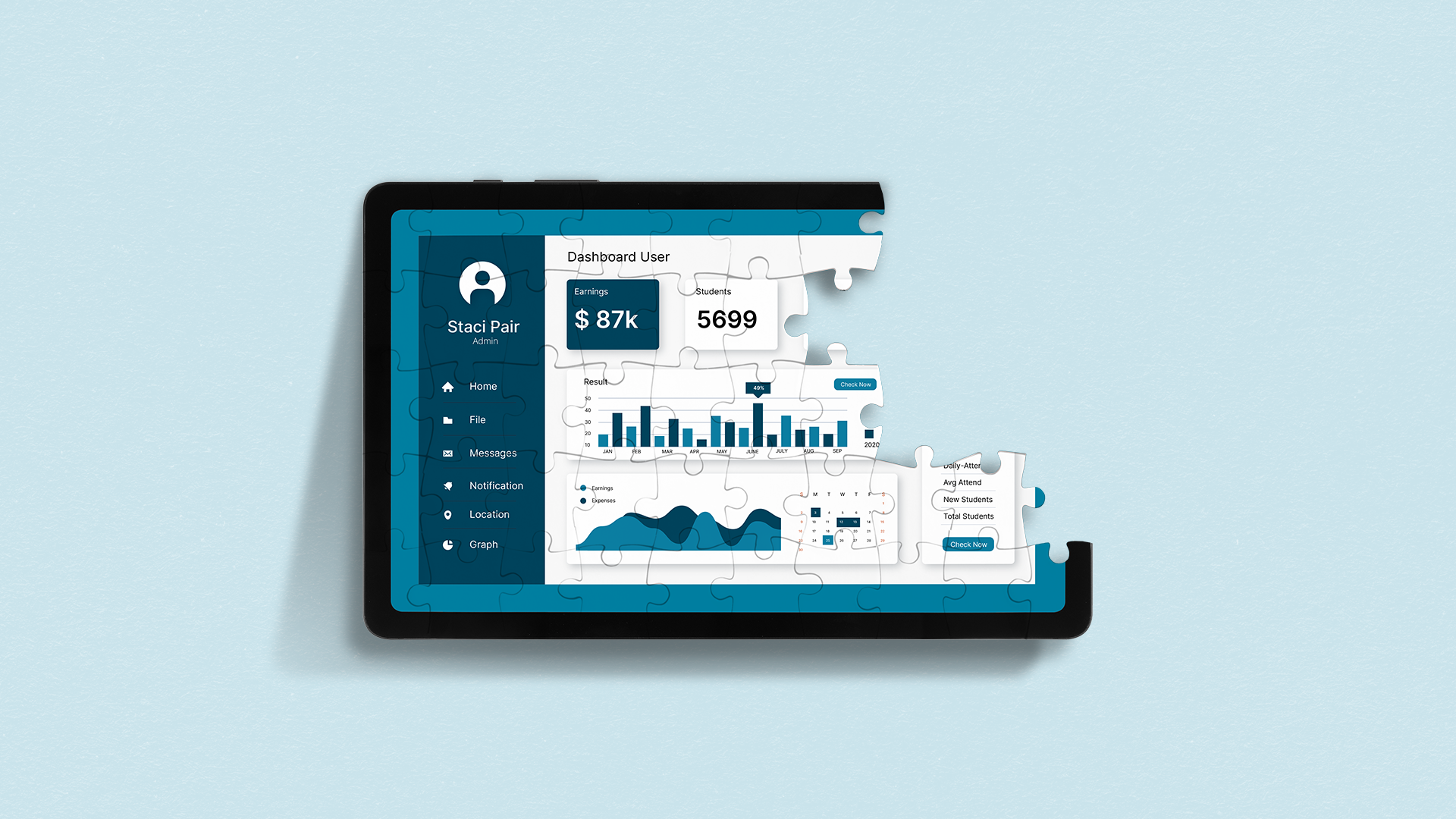Our last article, Workforce Pell Is Now Law Under the One Big Beautiful Bill (OBBB) broke down the basics of the One Big Beautiful Bill (OBBB) as it relates to the Workforce Pell now being law. For the first time, federal financial aid is available for short-term, non-degree workforce training programs—opening new doors for learners and institutions alike.
Timing isn’t just important—it’s everything.
Programs that haven’t been launched and operating for at least one year by mid-2025 may miss the first window of eligibility (from what we currently understand). And with funding set to begin in July 2026, institutions that want to participate in the inaugural round of Workforce Pell must act fast—and act smart.
This post outlines the critical timing requirements, risks of waiting too long, and what you can do right now to make sure your institution doesn’t miss out.
Programs Must Be Operating for at Least One Year
According to Section 481(b)(3)(A)(iv)(I) of H.R.1 (the One Big Beautiful Bill), a short-term program must have been offered by the institution for at least one year before the Secretary of Education can determine its eligibility for Workforce Pell funding.
Funding Starts July 1, 2026
From what is currently published, Workforce Pell Grants will officially be awarded beginning July 1, 2026, applying to each award year thereafter. That gives institutions a short runway to ensure their programs are compliant, approved, and operational.
But here’s the good news: some institutions may already be positioned to receive these funds.
If your institution currently offers short-term, non-degree programs that align with high-demand occupations, provide recognized credentials, and report outcomes like job placement and earnings — you could already meet the core eligibility requirements. Whether it’s one program or a growing portfolio, now is the time to validate that alignment, strengthen your infrastructure, and prepare to accept Workforce Pell students. But wait, do you have the platform infrastructure required?
Download the checklistWhat That Means for You
If you’re planning to launch a new short-term, workforce-focused program, the clock is ticking. Programs not up and running by mid-2025 may miss the window for eligibility in the first round of funding. Institutions need time to:
- Launch and operate the program for at least one year
- Establish systems for tracking outcomes (completion, employment, earnings)
- Gain necessary approvals from state workforce boards or accrediting/federal agencies
- Ensure compliance with reporting requirements
Early action could mean early eligibility.
To position your institution—and your learners—for access to these new funds in the 2026–2027 academic year, preparation must begin now.
Potential Risks to Consider
While the opportunities are significant, there are several risks institutions should consider:
- Implementation Uncertainty: Key definitions and procedures will depend on rulemaking and future guidance.
- Administrative Burden: New reporting requirements may stretch institutional data and compliance resources.
- Eligibility or Review Delays: Institutions must coordinate with accreditors, workforce boards, or federal agencies to qualify.
- Equity Concerns: Without equitable access to infrastructure and guidance, some institutions—particularly smaller or underfunded ones—may face barriers.
- Policy Instability: Future political shifts could alter or repeal aspects of the program, leaving institutions with unfunded investments.
Ongoing monitoring and strategic planning will be important as these elements evolve.
What Happens Next?
- The Department of Education will issue formal guidance and regulations to define how provisions like Workforce Pell will be implemented.
- Institutions will need to follow those forthcoming rules to become eligible and access funds.
- The law specifies that Workforce Pell funding will begin with the award year starting July 1, 2026.
So in short: Congressional action is complete. Implementation is underway. This is your chance to prepare for changes in eligibility, compliance, and opportunity. This is a chance to assess readiness and align institutional planning with federal priorities.
What Should You Do Next?
1 – Assemble an Internal Task Force
Bring together colleagues from workforce development, continuing education, academic affairs, institutional research, and compliance. This cross-functional group should be responsible for evaluating your institution’s readiness and identifying existing or potential short-term programs that could align with Workforce Pell.
2 – Map Your Program Pipeline
Review your current catalog and pipeline for programs that meet (or could meet) the eligibility criteria—especially those under 600 clock hours. Identify which ones are already running, which need to launch soon to meet the one-year operational rule, and where new opportunities may exist based on regional workforce needs.
3 – Evaluate Your Delivery Infrastructure
Assess the effectiveness of your current on-ground and online delivery models. Determine whether your systems, platforms, and instructional design approaches can support flexible, fast-moving programs that meet federal requirements and work for adult learners. This is especially critical if you plan to expand access through hybrid or fully online formats.
4 – Engage Strategic Partners
Begin consulting with partners and vendors who can help you not only assess your eligibility and readiness, but also support you in standing up or scaling high-quality programs. This includes curriculum design, labor market alignment, outcome reporting, and choosing a delivery platform that supports adult learners and compliance from day one.
Don’t wait until the clock runs out.
The first round of Workforce Pell funding will only be open to programs already proven and in operation. The sooner you start, the stronger your position will be when July 2026 arrives.
Download the Workforce Pell Eligibility Checklist and take the first step toward securing federal funding for your learners—before the window closes. If you’ve worked through the checklist and want to explore next steps, we’re here to support your team every step of the way.
Let’s talk


